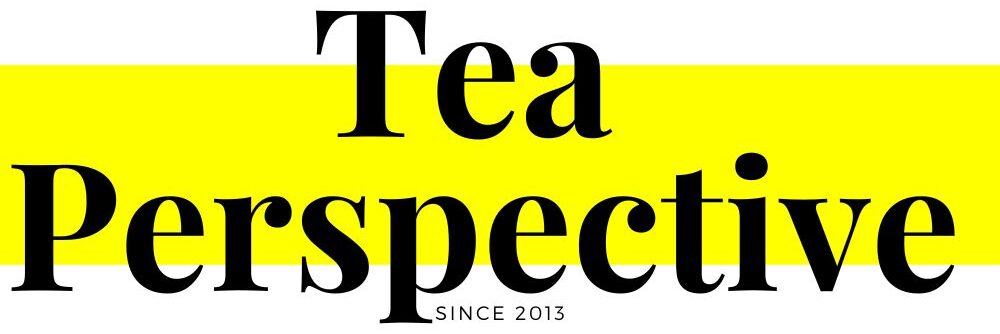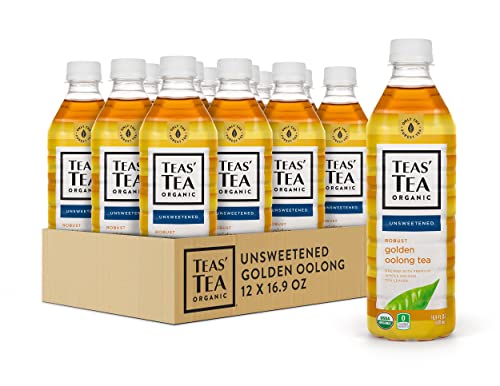If you’re a tea lover itching to make new discoveries on your tea-drinking journey, or simply need some oolong guidance, sit back and relax (with a cup of tea, of course) and let’s explore.
Let’s look into this amazing ancient Chinese and Taiwanese tea, and find the best ones to sip on!
What is Oolong Tea?
Oolong tea, or wūlóng, meaning in Chinese “black dragon” describing its dark, long and curly shape.
Originating in China and Taiwan, the most famous (and expensive) Oolong teas, such as Da Hong Pao, are produced in the Wuyi Mountains of northern Fujian.
Like green and black tea, oolong tea is made from the leaves, buds, and stems of the Camellia sinensis plant; but what sets oolong tea apart as (arguably) one of the best teas in the world is the careful process of the tea leaves being partially oxidized.
While tea drinkers may be familiar with the full oxidization of black teas, or the non-oxidization of green tea, oolong sits somewhere in-between.
Its tea leaves undergo a process of repeated and careful “bruising”, allowing for different degrees of oxidization. This unique process (perhaps art-form is closer!) creates distinctive teas with an impressive spectrum of flavors, including sweet and fruity, woody and thick, or green and fresh.
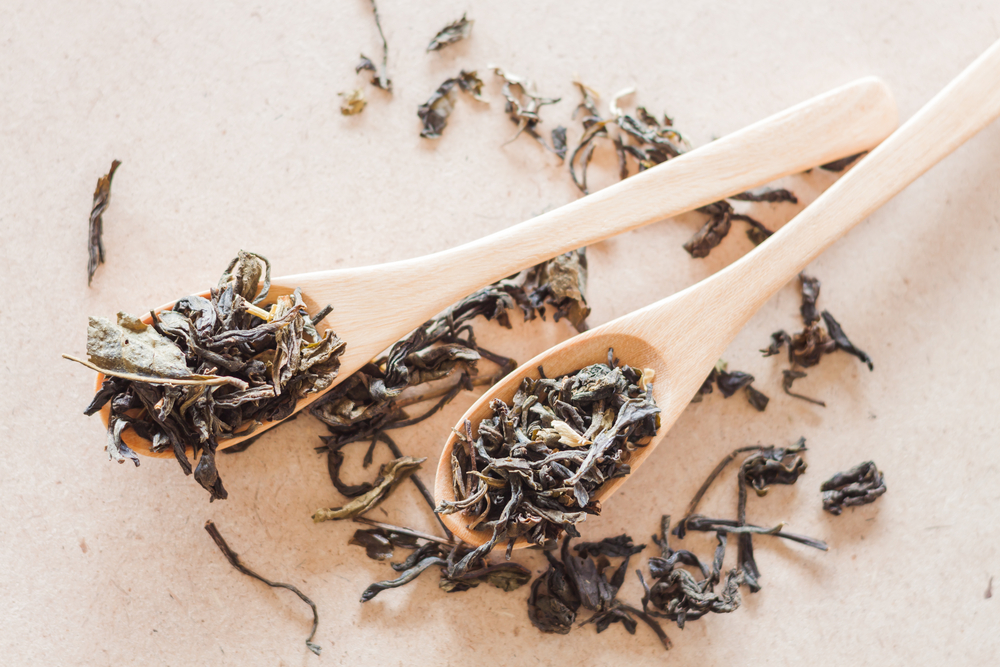
Types of Oolong Tea
But which type of oolong do you try?
This is where it gets tricky because the options are endless, depending on whether you want a robust roasted oolong, something floral and fruity, or barely oxidized and closer to a refreshing green tea.
However, finding the best oolong for you may take a bit of trial and error and many cups of tea; well it did for me.
To give you an idea of the oolong teas’ impressive range and complexity, we’ve included some of the most famous traditional oolongs, from China’s Guangdong province to Taiwan’s lofty mountains.
Let’s get to it, starting with the Chinese varieties.
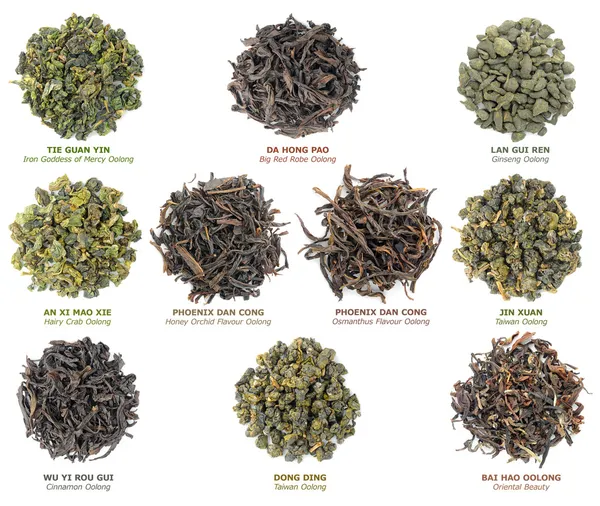
Chinese Oolong Tea
Iron Goddess of Mercy (Ti Kuan Yin or Tie Guan Yin)
Arguably one of the most famous oolongs (and certainly the tea with the most spectacular name), the Iron Goddess of Mercy originated in the high mountainous region of southern Fujian province.
It is light and airy, with hints of honey and flowers. As folklore tells it, monkeys were trained by monks to harvest the leaves of the tea plants, which grew high up along precipitous cliff edges.
Wuyi Oolong tea (Da Hong Pao)
While this tea may not be associated with goddesses, Da Hong Pao is considered one of the finest, and if high quality, most expensive oolongs in the world.
After all, this tea boasts its impressive legend: it is said that Da Hong Pao saved the mother of an emperor in the Ming dynasty.
Also, If harvested from one of the original tea bushes, considered to be over 2000 years old, its tea leaves can cost upwards of $1,000,000 for just 1 kilogram.
In contrast to the distinct lightness of Ti Kuan Yin, Da Hong Pao is a heavily oxidized oolong and dark in color. It has a sharp, smoky flavor with undertones of caramel, butter, and toast. The Wuyi oolongs are also particularly revered for their health benefits.
Phoenix Tea (Dan Chong or Dan Cong)
Though today Phoenix tea oolong refers more generally to its place of production, in the Guangdong province of China, the name translates literally to “single bush.”
traditionally distinctive because phoenix teas are harvested from one single bush of a tea plant. Each bush has a subtly different flavor, and so each batch varies slightly in taste.
However. Phoenix oolong teas have a rich, full-bodied feel with distinctive floral and fruit aromas. The taste is also often floral (think orange blossom or orchids), though some have fruitier, spicier flavors, similar to ginger or grapefruit.
Taiwanese Oolong Tea
High Mountain Oolong Tea (Gaoshan)
Gaoshan, or High Mountain tea, refers to tea bushes grown at the highest elevations in Taiwan (higher than 3,300 feet).
Because of this, the tea plants are slow-growing, and the oolong tea leaves are only harvested (by hand) twice a year.
The leaves picked in October are known as winter Gaoshan, and those picked in June are known as Spring Gaoshan. Furthermore, Mountain Oolong is generally crisp and sweet with notes of pine and flowers and has a buttery aftertaste.
Milk Oolong Tea (Jin Xuan Tea)
The “milk” in this tea is perhaps misleading, for these oolongs don’t get their name by infusing milk, as we might do with a cup of black tea.
They get this name because the leaves naturally produce a milk-like flavor and aroma, when oxidized for a particular period of time. Like the Gaoshan, milk oolong tea grows at high altitudes and is produced both in Taiwan and Thailand. The milky leaves produce a buttery, creamy flavor with a smooth finish.
Make sure not to get Jin Xuan Tea confused with artificial milk oolongs, which can also be found on the market.
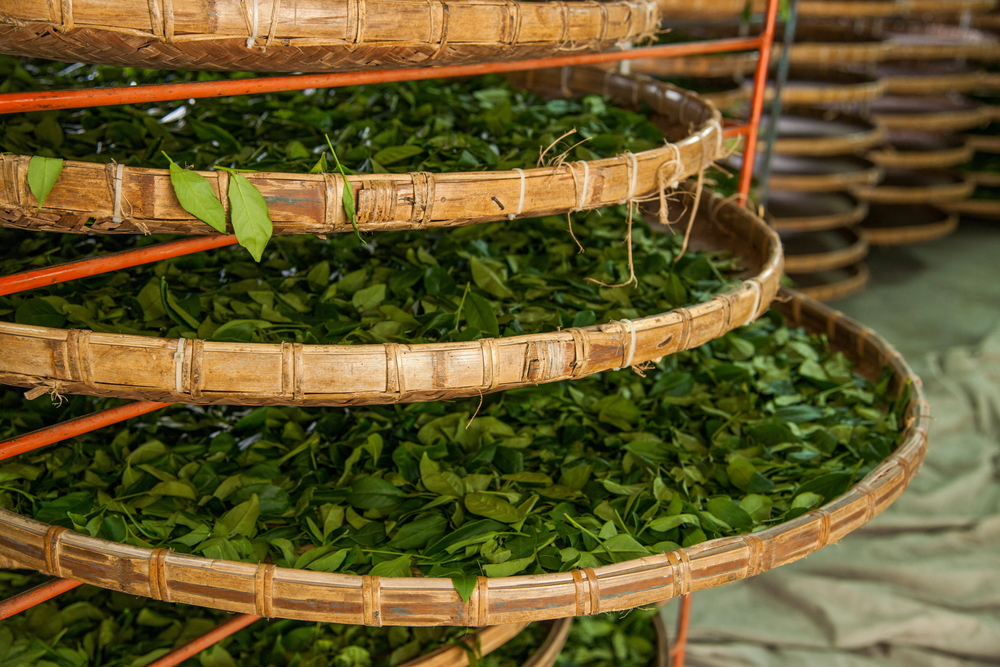
How to Prepare Oolong Tea
For oolong tea, it’s best to use hot water, rather than boiling water, anywhere around 194 farenheit (90 celcius) or, if you can’t measure the temp, just leave the kettle for a few minutes before pouring.
As oolong tea can be rich in flavor and aroma, it’s important not to brew the tea leaves for too long – somewhere between 2-3 minutes, depending on personal preference.
This may vary, however, depending on the brand and whether your oolong tea is loose or bagged.
For individual leaves, use around 1 teaspoon of oolong tea per cup.
What’s Better: Bottled, Loose-Leaf, or Tea Bags?
Though oolong tea is traditionally prepared as individual leaves in small vessels, often in what is known in Chinese as the “gongfu” method (multiple short steepings), oolong tea has evolved into various forms.
From the convenient tea bag to the chilled bottle and all in between, the oolong experience is up to you.
While the loose-leaf experience may feel more authentic, allowing us a moment to sit back and unwind as flavor strengthens, we think that the oolong tea bag can taste just as good.
There is a time and a place for both, you can’t argue regarding a tea bag when it comes to convenience. Furthermore, manybrands are getting on the oolong tea bag bandwagon.
The best oolong tea and the best way to drink it, of course, depends on personal preference. (dedicated oolong drinkers no doubt swear by the old-fashioned way), or perhaps even the mood of the day, or if it’s morning or night, hot or cold.
So depending on whether you want to relax with a time-honored teapot, grab a bottle of chilled oolong on a hot day, or plonk a good old tea bag in your keep-cup, we’ve reviewed many brands, and have three kinds of oolong we think you will love.
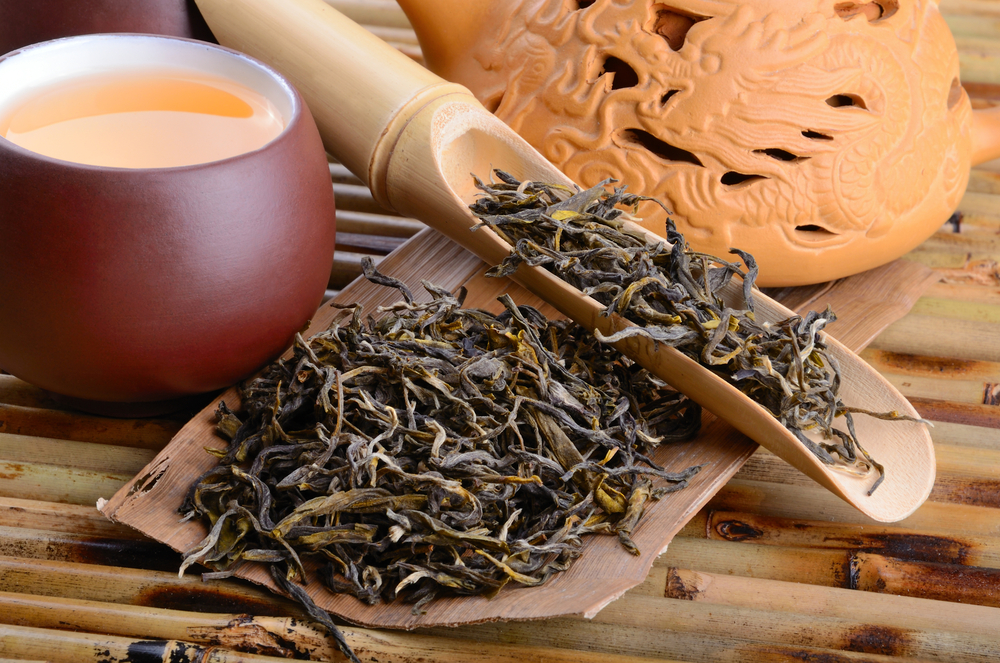
Teas’ Tea Bottled Oolong
Teas’ tea organic bottled Oolong tea might seem far removed from the Wuyi Mountains of northern Fujian or the dragonesque curls of the dried Sinensis leaves.
Still, this American company offers a convenient (and delicious) alternative to the traditional cup of steaming oolong.
This unsweetened cold oolong tea has a robust flavor and is a refreshing hit for the tea lover on the go or when the day is so warm (is it possible!?), a hot cup of tea is out of the question. Teas’ tea also offers a broad range of other iced green tea flavors.
As an Amazon Associate, I earn a small amount from qualifying purchases.
Formosa Loose Leaf Oolong
Developed by entrepreneur John Dodd, this dark, rich-bodied oolong (darker than most with oxidization at 75%) has been enjoyed since the middle of the nineteenth century.
Don’t be put off by the inclusion of stems in this loose-leaf tea – it follows the traditional Taiwanese style of oolong production.
When brewed, the tea produces a lovely rich copper color, with a subtly sweet flavor of peach and toasted walnut. Excellent alone, but sugar can be added for a sweeter taste.
The suggested brewing time is 4 to 5 minutes at 203 Fahrenheit (95 celsius).
As an Amazon Associate, I earn a small amount from qualifying purchases.
Twinings Bagged Oolong
Twinings oolong tea leaves offer the convenience of the tea bag, while still producing a high-quality, authentic-tasting pure oolong tea. Their oolong tea is a mid-strength oolong with warm, toasty flavors, perfect for wrapping your hands around on a cold winter morning.
As an Amazon Associate, I earn a small amount from qualifying purchases.
Which Brand of Oolong Tea is Best?
While devoted tea drinkers may turn their nose up at the humble tea bag, we think that, beyond their undeniable convenience and practicality, the best of these little parcels hold all the flavor and depth of the traditional pot of loose-leaf oolong.
To help you along on your oolong adventure, we’ve reviewed four of the best oolong tea brands out there today.
1. Prince of Peace 100% Organic Oolong Tea
This smooth oolong has a fairly mild flavor and turns a bright golden color when steeped. It’s also comforting to know that the tea leaves used in Prince of Peace are hand-picked and come from certified organic plants in oolong teas’ original homeland of China.
Depending on desired taste, the bags can be steeped for 3-5 minutes.
As an Amazon Associate, I earn a small amount from qualifying purchases.
2. Buddha Teas Organic Oolong Tea
Like Prince of Peace, Buddha Teas provide earth-conscious products that use only organic or wild-harvested ingredients, including bleach-free tea bags and 100% recycled boxes.
If you’re a tea-drinker who likes an extra tea bag for strength, this oolong may be the way to go; Buddha Teas’ organic oolong offers a slightly stronger, more full-bodied tea than the Prince of Peace, with a smooth, malty, and pleasantly sweet flavor.
Their teas also have no artificial flavors or GMOs.
As an Amazon Associate, I earn a small amount from qualifying purchases.
Choice Organic Oolong Tea
Choice Organic Teas is a longstanding organic tea provider, originally focused on Japanese Teas, but now branching out into teas from several other regions, including the Chinese Oolong tea.
Their Organic Oolong is perhaps closer to green tea in taste, with minimal oxidization, and offers a gentle flavor and very mild aroma.
As with Buddha Teas, their approach to tea is environmentally conscious; their oolong is packaged in unbleached bags and a 100% recycled box.
As an Amazon Associate, I earn a small amount from qualifying purchases.
Bigelow Oolong Tea
While Bigelow Oolong tea cannot claim the same environmental awareness as the previous brands, being non-organic and packaged in individual foil pouches, it is the cheapest option and is widely available in grocery stores.
In terms of taste, this tea is full and rich, with buttery, nutty undertones, and works well for hot or iced oolong tea.
Be careful, however, not to brew too long, as the flavor of the tea can become bitter and the aroma unpleasant.
No products found.
So Long, Oolong!
While this little journey with the dragon of the tea world is over, we hope this is just the beginning of your own exciting oolong journey and that before ‘oo long (pardon the pun), your quotidian black tea will be replaced with a steaming cup of this delightful, age-old drink.
As you take a deep breath of its woody or fruity aroma and taste its fresh, or milky, or nutty flavor, you can imagine yourself for a moment in China’s Fujian province, watching monkeys pick green leaves in the misty mountain air.
Whatever your oolong experience, we hope you enjoy it!
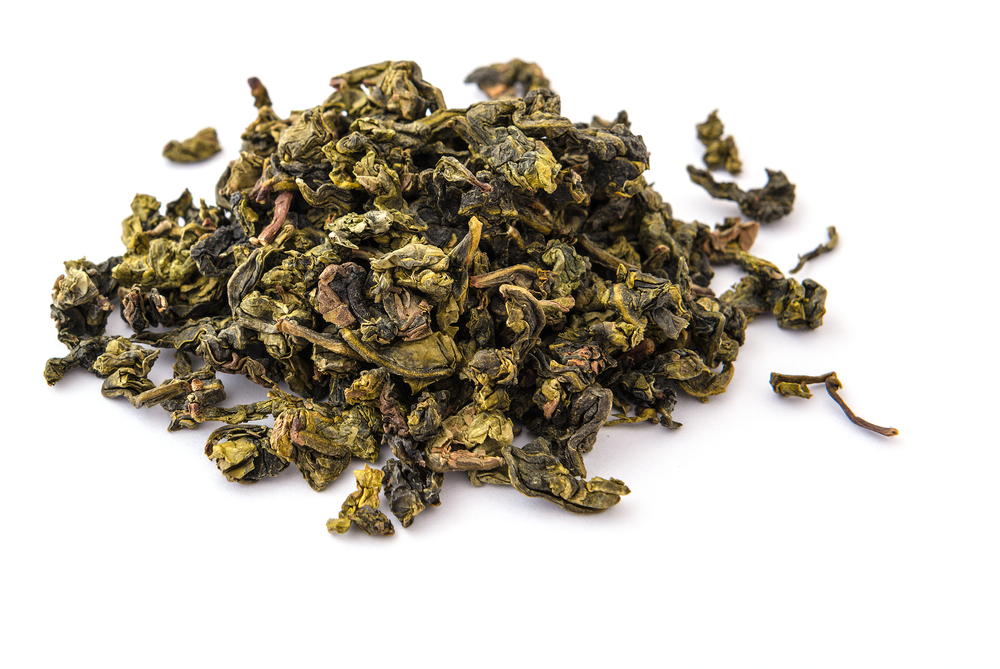
FAQ’s about oolong tea
Do you add milk or sugar?
Oolong tea is usually served as is, without milk or sugar. Honey is sometimes added however as a sweetener. If you think tea isn’t complete without milk, there are some oolong brands that work better than others with a dash of added milk.
What goes well in oolong tea?
Nothing needs to be added to oolong, though if desired, it can be sweetened with a small amount of honey or sugar.
Which brand of oolong tea is best for weight loss?
Oolong tea naturally contains a diverse range of antioxidants that enhance metabolism and so are thought to aid in weight loss. Oolong tea is also thought to have many other health benefits, from the diverse range of essential vitamins and minerals in its leaves.
East Asian brand Ten Ren has been considered one of the better brands of oolong tea to encourage weight loss, as well as Vadham High Mountain Oolong.
Can you drink oolong tea every day?
There are no reasons why it might be harmful to drink oolong tea every day. Like green or black tea, however, its caffeine content is similar to green or black tea, so those sensitive to caffeine should limit their intake.
